Human CNTF ELISA Kit
$299.00 – $419.00
ELISA Kit Detail Information
| Related Target | |
|---|---|
| Species | human |
| Sample Type | Serum, plasma, cell culture supernatant, and other biological samples |
| Sample Volume | 50 μL |
| Sensitivity | 4.13 pg/mL |
| Array Range | 31.25 pg/mL – 2000 pg/mL |
| Assay Time | 3.5 h |
| Recovery | 84% – 106% |
| Average Recovery | 96% |
| Intra Precision | 4.1% – 8.0% |
| Inter Precision | 2.2% – 5.5% |
| Plate | Detachable 96-well plate |
| Storage | If the reagent kit is unopened, it should be stored at 4℃. However, if it has been opened, the standard solution should be stored at -20℃, while the other components should be stored at 4℃. |
| Delivery | 4℃ blue ice transportation |
| Components | 96-well polystyrene enzyme-linked immunosorbent assay (ELISA) plate coated with anti-CNTF monoclonal antibody Human CNTF freeze-dried standard CNTF detect Antibody Standard Diluent Assay Buffer(10×) Substrate TMB Stop Solution Washing Buffer(20×) Sealing Film |
| Assay Principle | This kit utilizes the double antibody sandwich enzyme-linked immunosorbent assay (ELISA) detection technique.Specific anti-human CNTF antibodies are precoated on a high-affinity ELISA plate.Standards and test samples are added to the wells of the ELISA plate. After incubation, the CNTF present in the samples binds to the solid-phase antibodies. After washing to remove unbound substances, biotinylated detection antibodies are added and incubated. After washing to remove unbound biotinylated antibodies, streptavidin-HRP labeled with horseradish peroxidase is added. After washing, a colorimetric substrate, TMB, is added and the plate is incubated in the dark for color development. The intensity of the color reaction is directly proportional to the concentration of CNTF in the samples.A stop solution is added to terminate the reaction, and the absorbance value is measured at a wavelength of 450 nm (with a reference wavelength range of 570-630 nm). |
Related Targets
CNTF
CNTF Target Infomation Overview
- Target Symbol: CNTF, ciliary neurotrophic factor
- Gene Groups: Interleukin 6 type cytokine family
- Alias: HCNTF
- Alias Names: Ciliary Neuronotrophic Factor
CNTF, ciliary neurotrophic factor Target Infomation by Species
- Human
- Mouse
- Rat
Human CNTF Target Information
- Target Symbol: CNTF, ciliary neurotrophic factor
- Alias:
- Ciliary Neuronotrophic Factor
- HCNTF
- NCBI_Gene: 1270
- UniProtKB: P26441
Human CNTF Predicted Functions
Enables growth factor activity and interleukin-6 receptor binding activity. Involved in ciliary neurotrophic factor-mediated signaling pathway; negative regulation of neuron apoptotic process; and positive regulation of tyrosine phosphorylation of STAT protein. Acts upstream of or within positive regulation of gene expression. Predicted to be located in extracellular region. Predicted to be active in axon and extracellular space. Implicated in Huntington’s disease; disease of mental health; glaucoma; multiple sclerosis; and obesity. Biomarker of keratoconus.
Mouse Cntf Target Information
- Target Symbol: Cntf, ciliary neurotrophic factor
- Alias:
- AI429687
- expressed sequence AI429687
- NCBI_Gene: 12803
Mouse Cntf Predicted Functions
Predicted to enable signaling receptor binding activity. Acts upstream of or within several processes, including negative regulation of photoreceptor cell differentiation; positive regulation of tyrosine phosphorylation of STAT protein; and regulation of retinal cell programmed cell death. Located in extracellular space. Is expressed in several structures, including alimentary system; genitourinary system; integumental system; nervous system; and sensory organ. Human ortholog(s) of this gene implicated in Huntington’s disease; disease of mental health; glaucoma; multiple sclerosis; and obesity. Orthologous to human CNTF (ciliary neurotrophic factor).
Rat Cntf Target Information
- Target Symbol: Cntf, ciliary neurotrophic factor
- Alias:
- ciliary neurotropic factor
- NCBI_Gene: 25707
Rat Cntf Predicted Functions
Enables ciliary neurotrophic factor receptor binding activity and cytokine activity. Involved in several processes, including membrane hyperpolarization; neurogenesis; and positive regulation of cell communication. Located in several cellular components, including axon; neuronal cell body; and plasma membrane bounded cell projection cytoplasm. Used to study Huntington’s disease and glaucoma. Biomarker of hyperglycemia and retinitis pigmentosa. Human ortholog(s) of this gene implicated in Huntington’s disease; disease of mental health; glaucoma; multiple sclerosis; and obesity. Orthologous to human CNTF (ciliary neurotrophic factor).

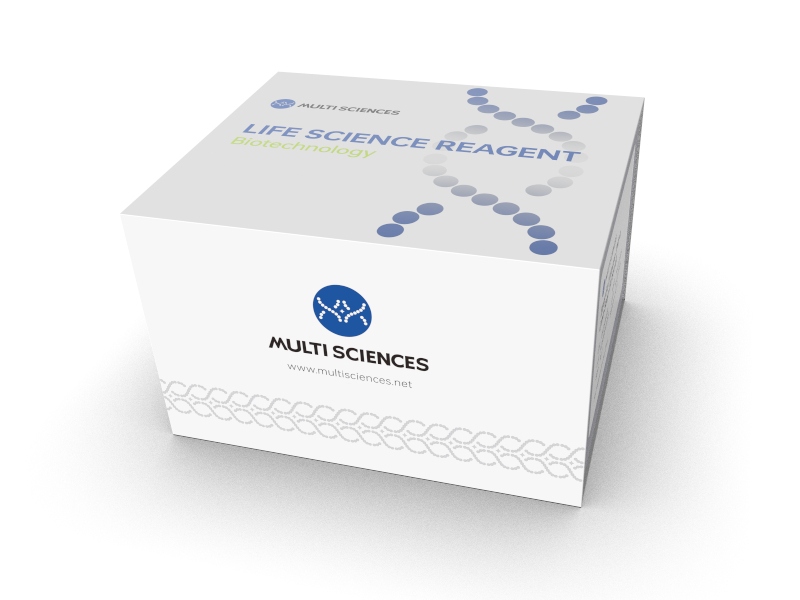
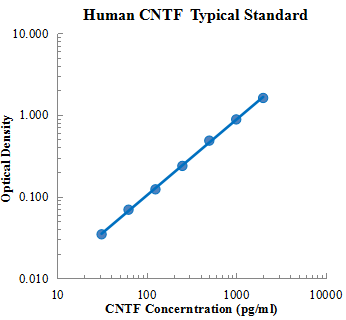
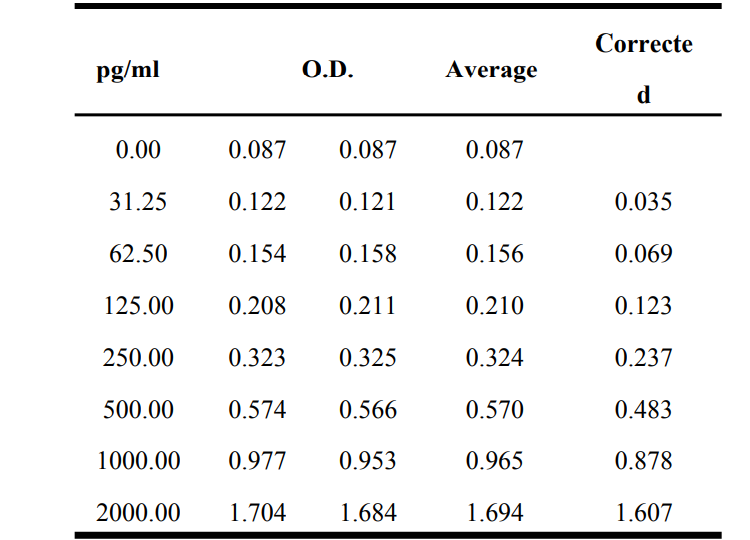

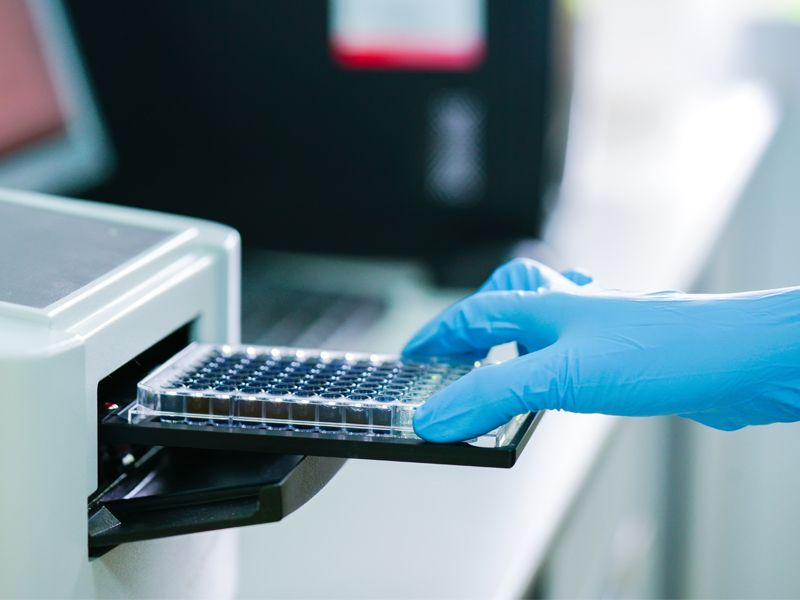
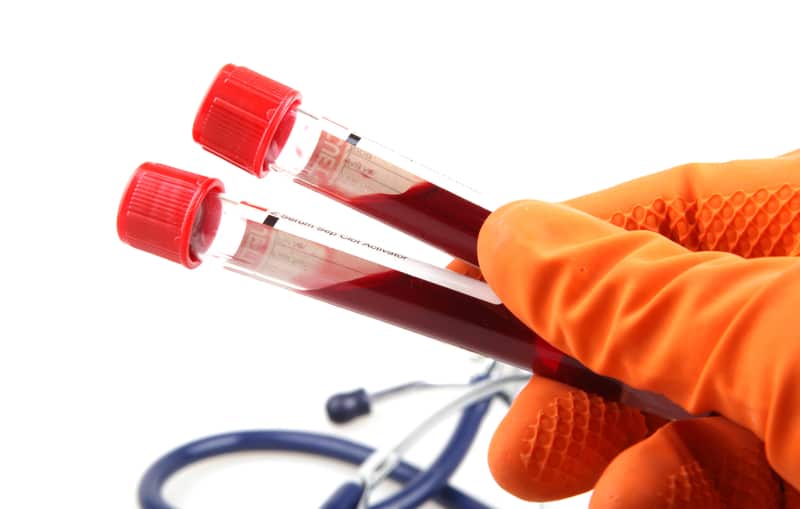
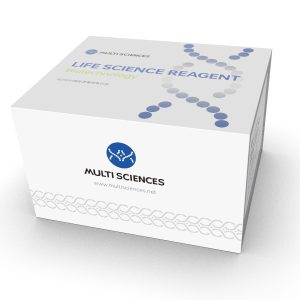
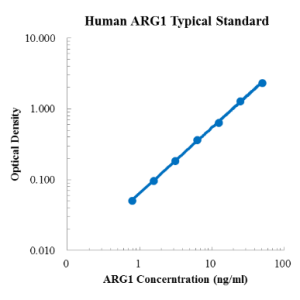
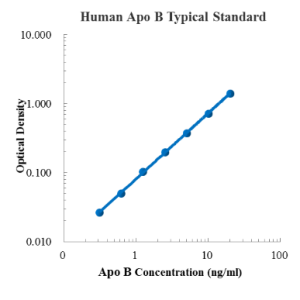
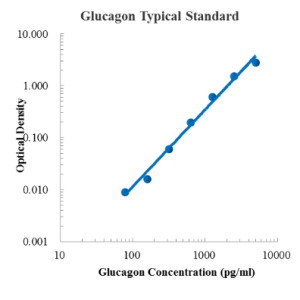
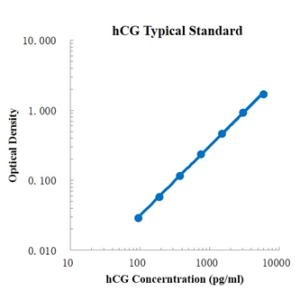
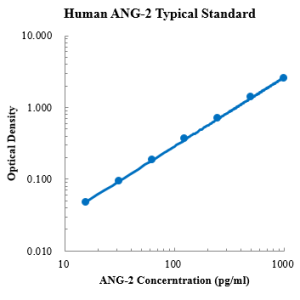
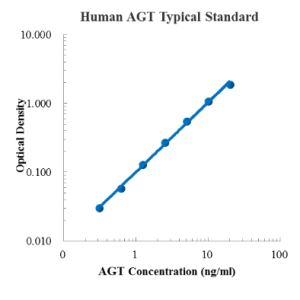
Reviews
There are no reviews yet.